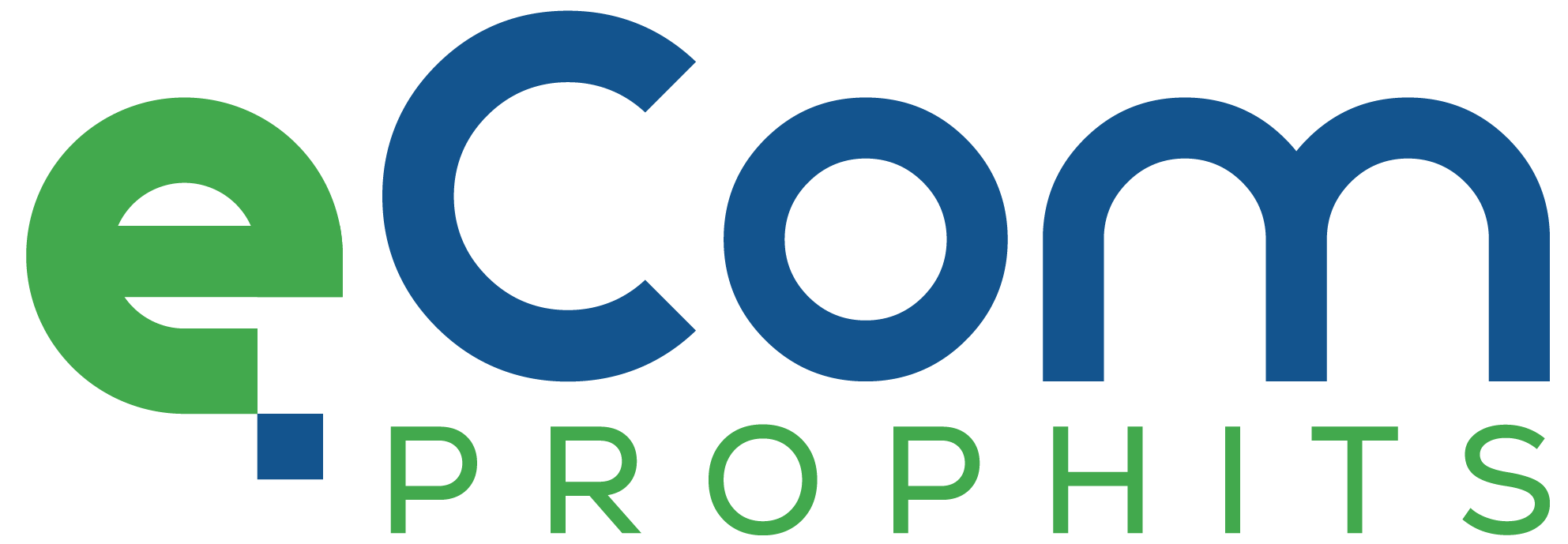Unlock the Power of Programmatic Advertising: 7 Simple Steps to Skyrocket Your ROI
Hey there, digital marketers and curious business owners! Are you ready to dive into the world of programmatic advertising? If you’ve been scratching your head wondering what all the fuss is about, you’re in the right place. This guide will walk you through the ins and outs of programmatic advertising, demystifying the process and showing you how to harness its power to boost your marketing efforts. So, buckle up and get ready to transform your digital advertising game!
Step 1: Understanding the Basics – What Is Programmatic Advertising?
Let’s start with the million-dollar question: what exactly is programmatic advertising? Simply put, it’s the use of software to buy digital advertising. Instead of the traditional method of manual ad buying and negotiating, programmatic advertising uses algorithms to purchase display space in real-time.
But wait, there’s more! Programmatic advertising isn’t just about automation. It’s about using data to make smarter, more efficient advertising decisions. By leveraging user data, programmatic platforms can target specific audiences, ensuring your ads reach the right people at the right time.
Step 2: The Key Players in the Programmatic Ecosystem
Now that we’ve got the basics down, let’s meet the cast of characters in the programmatic world:
1. Demand-Side Platform (DSP): This is where advertisers and agencies go to buy ad inventory.
2. Supply-Side Platform (SSP): Publishers use this to sell their ad space.
3. Ad Exchange: Think of this as the marketplace where DSPs and SSPs meet to trade.
4. Data Management Platform (DMP): This is where all the juicy user data is stored and analyzed.
Understanding these players is crucial to navigating the programmatic landscape. It’s like knowing the rules of the game before you start playing!
Step 3: Types of Programmatic Advertising
Programmatic advertising isn’t one-size-fits-all. Here are the main types you’ll encounter:
1. Real-Time Bidding (RTB): The most common type, where ad inventory is bought and sold on a per-impression basis in real-time.
2. Private Marketplace (PMP): An invitation-only RTB auction where premium publishers offer their inventory to a select group of advertisers.
3. Programmatic Direct: A direct deal between a publisher and an advertiser, with guaranteed ad impressions.
Each type has its pros and cons, so choose wisely based on your campaign goals and budget.
Step 4: Setting Up Your Programmatic Campaign
Ready to get your hands dirty? Here’s how to set up your first programmatic campaign:
1. Define your goals: What do you want to achieve? Brand awareness? Leads? Sales?
2. Choose your DSP: Research different platforms and pick one that aligns with your needs.
3. Set your targeting parameters: Use data to define your ideal audience.
4. Create your ad creative: Make sure it’s eye-catching and relevant to your target audience.
5. Set your budget and bid strategy: Decide how much you’re willing to spend and how you want to bid.
6. Launch and monitor: Keep an eye on your campaign performance and be ready to optimize.
Step 5: Leveraging Data for Better Targeting
Here’s where programmatic advertising really shines. By using first-party, second-party, and third-party data, you can create hyper-targeted campaigns that reach your ideal customers. According to a study by Adform, programmatic campaigns using first-party data saw a 32% higher click-through rate compared to those without.
Step 6: Measuring Success – Key Metrics to Track
To know if your programmatic efforts are paying off, keep an eye on these metrics:
1. Click-Through Rate (CTR)
2. Conversion Rate
3. Cost Per Click (CPC)
4. Cost Per Acquisition (CPA)
5. Return on Ad Spend (ROAS)
Remember, the beauty of programmatic is its ability to optimize in real-time. So, don’t be afraid to tweak your campaigns based on these metrics.
Step 7: Overcoming Common Challenges
Like any powerful tool, programmatic advertising comes with its challenges. Here are some common ones and how to tackle them:
1. Ad Fraud: Use reputable DSPs and implement fraud detection tools.
2. Brand Safety: Set up content filters and use pre-bid verification.
3. Viewability: Opt for viewable impressions and use viewability tracking.
4. Data Privacy: Stay compliant with regulations like GDPR and CCPA.
Congratulations! You’ve just taken your first steps into the world of programmatic advertising. By following these seven steps, you’re well on your way to creating more efficient, targeted, and effective digital advertising campaigns. Remember, programmatic isn’t just a trend – it’s the future of digital advertising. According to eMarketer, programmatic will account for 88.2% of all digital display ad spending in the US by 2021.
So, what are you waiting for? It’s time to harness the power of programmatic advertising and take your marketing efforts to the next level. Happy advertising!
#ProgrammaticAdvertising #DigitalMarketing #AdTech #RTB #TargetedAdvertising #MarketingROI #AdBuying #DataDrivenMarketing #DigitalAdStrategy #ProgrammaticGuide
#ProgrammaticAdvertisingForBeginners #HowToSetUpProgrammaticCampaigns #LeveragingDataForProgrammaticSuccess #OvercomingProgrammaticChallenges #ProgrammaticAdMetricsToTrack






